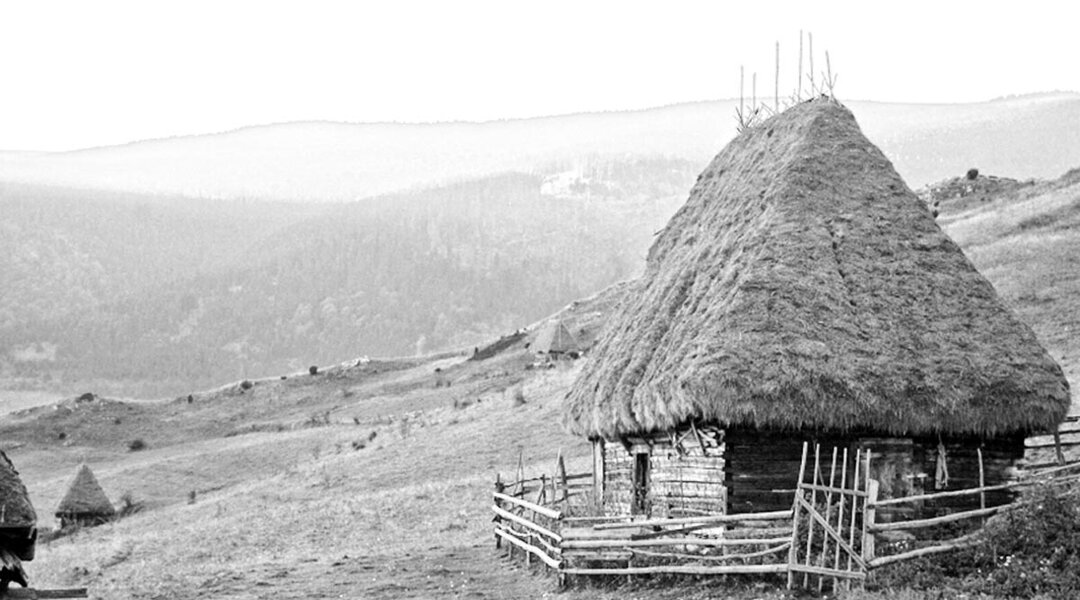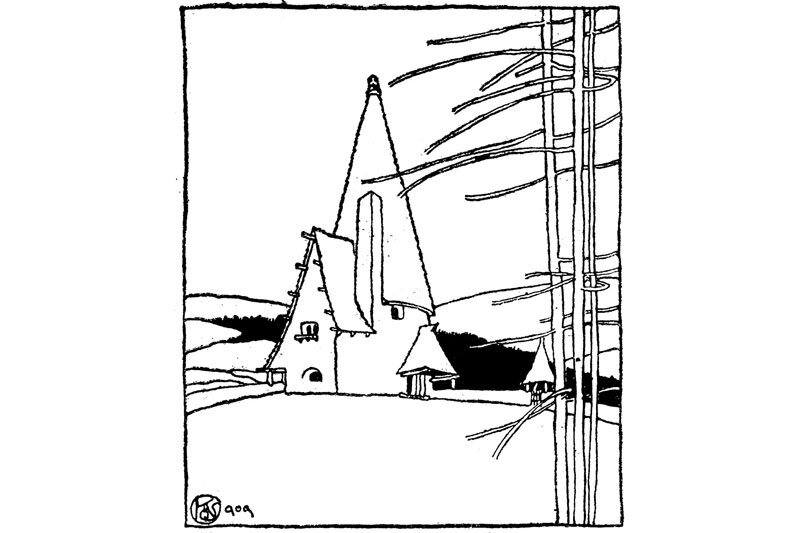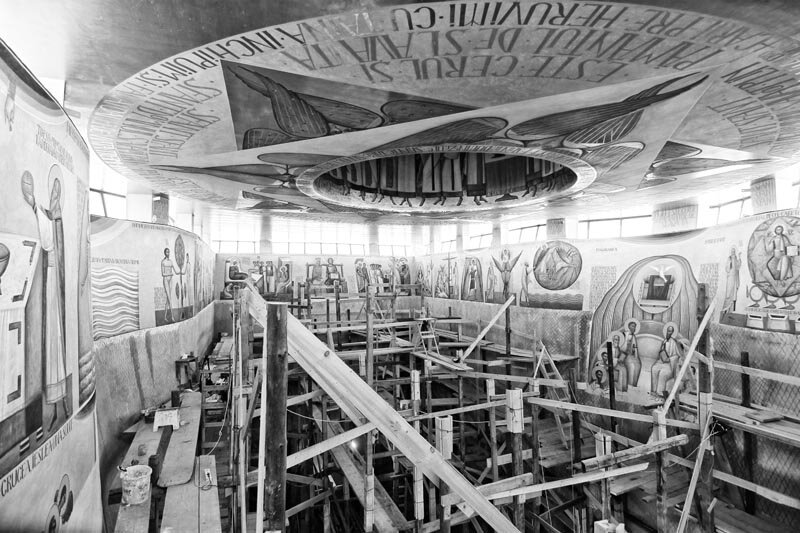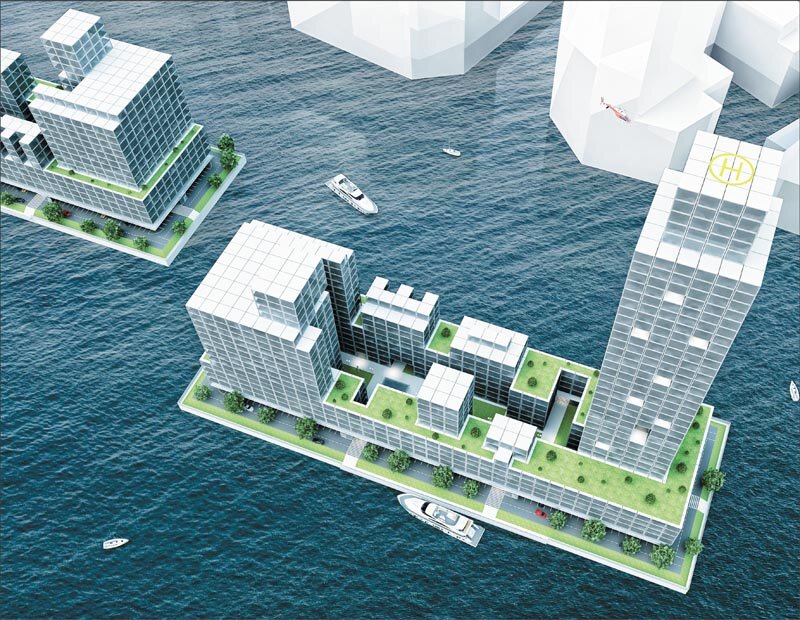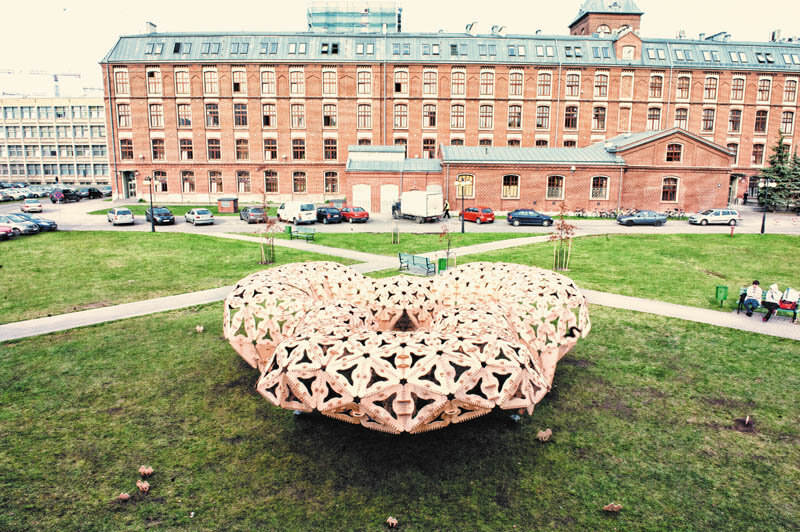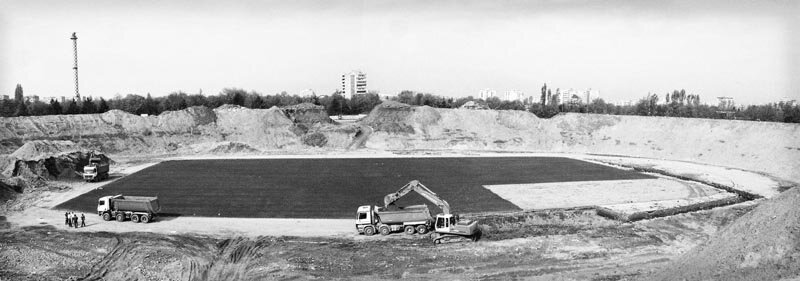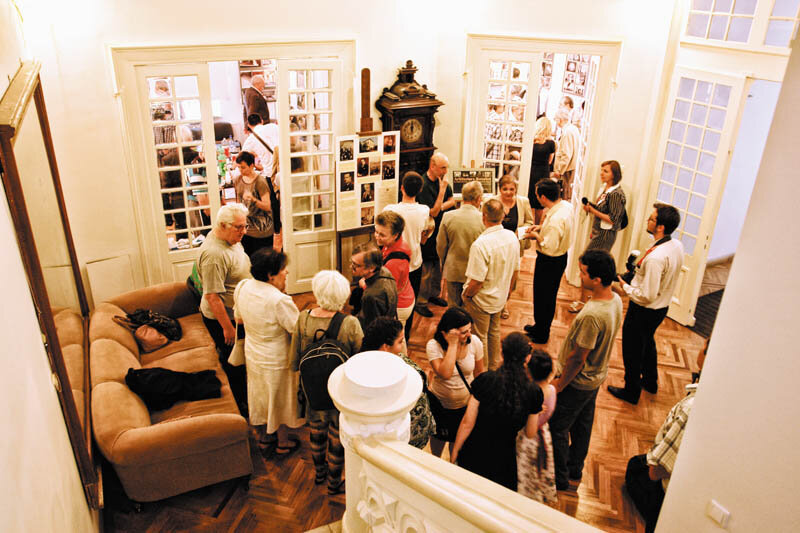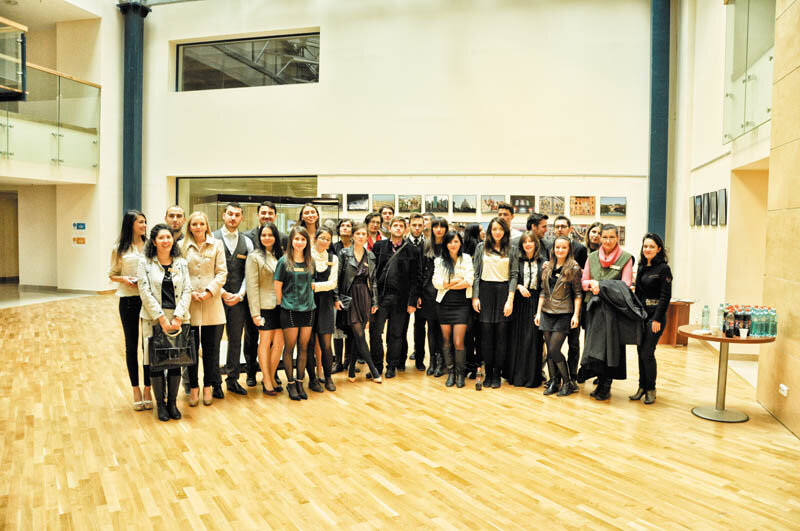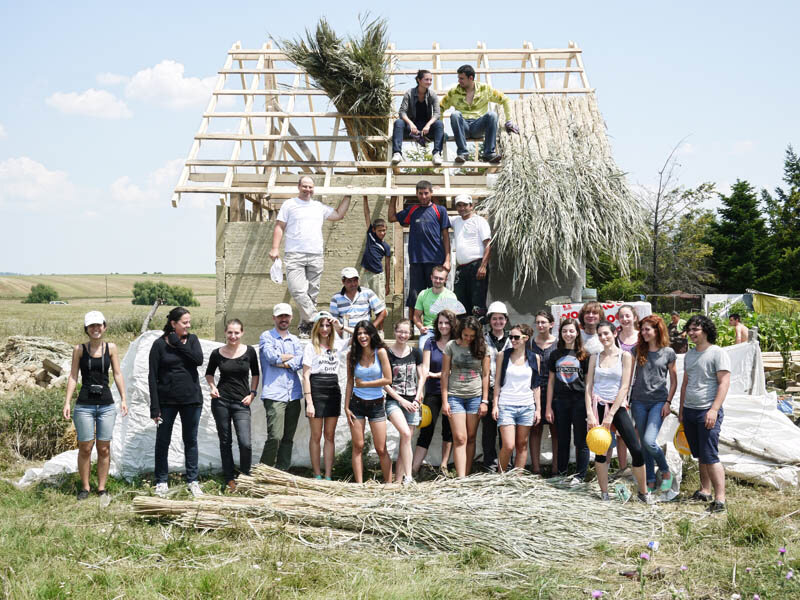
Rewriting architectural history, starting from the end
Rewriting
Architectural History,
Starting at the End
| The year 2014 marks the 25th anniversary of the beginning of a new era for Central and Eastern Europe. The overthrow of socialist regimes brought about the transition from deficient socialist systems to an imperfect version of capitalism. On a global scale, the end of the Cold War marks an important historical event that must have been a defining moment in the personal lives of many Europeans. Yet, when viewed in the broader perspective of the continuous and dramatic transitions that the nation-states involved, their territories and their inhabitants have undergone since the nineteenth century, these changes have been, to some extent, relative. To give just one example, if we remember that Czechoslovakia did not exist before 1918, its dissolution in 1993 no longer seems such a dramatic event in the long run. All the countries of Central Europe together with the Soviet Union have experienced similar developments over the last 25 years, sometimes an optimistic, sometimes a dramatic transition from one political system to another, from one societal order to another, from one economic model to another, from one cultural structure to another. The transition is not over, and this slow, gradual, sometimes painful change is only partly reflected in the architecture built, demolished or transformed over the years. In general, architecture reflects these transitions, the full impact of which only manifests itself after a long time, belatedly and in a distorted way. It depicts change in "slow motion", characterized by the abandonment of all development in times of crisis and the intensification of building activity in more prosperous times. For this reason, the urban landscape documents change imperfectly, as it can only show the result, and almost never what actually happened. And, often, some of the most important changes are those that are barely mentioned, such as the shift in emphasis from construction projects managed by state and municipal institutions to private projects. As yet there has not been a complete inventory of how architects have left the large governmental design and urban planning institutions in favor of private offices, and the same is true for the detailed analysis of how state and municipal institutes actually functioned in different countries, how much room for maneuver there was at different times for individual initiatives, and how much freedom architects actually enjoyed. Especially in the first years after the revolutions, the general opinion in Central Europe and beyond was that, in comparison with the new era, the socialist era was a dark period of history, and with this observation its architectural legacy was consigned to the dustbin of history |
| Read the full text in issue 6/2013 of Arhitectura magazine |
| The year 2014 marks the25th anniversary of the beginning of a new era for Central and Eastern Europe. The toppling of Socialist regimes triggered a transition from flawed Socialist systems to imperfect versions of Capitalism. On a global scale, the end of the Cold War marks a significant historical moment, and in the personal lives of many Europeans it must have been a defining moment. Yet in some ways, for the countries involved the changes were relative, if they are framed in the broader perspective of the continuous and deep transitions the nation-states, their territories and their inhabitants have witnessed since the nineteenth century. To give just one example, if one keeps in mind that the country did not exist before 1918, in the longer run the dissolution of Czechoslovakia in 1993 is probably a not so dramatic event. Each country in Central Europe, and the Soviet Union, experienced another yet similar development during the last 25 years, which has been a sometimes uplifting, sometimes depressing transition from one political system to another, from one societal order to another, from one economic model to another, from one cultural structure to another. This transition is still in the works. This slow, gradualat times painful process of change is only partially reflected in the architecture that has been built, demolished or transformed during these years. Architecture usually offers a delayed and distorted reflection of such transitions, the impact of which is fully noticed only a long time afterwards. Architecture shows change in slow motion, with hardly any development in moments of crisis, and larger building activities in more prosperous times. The urban landscape is hence an imperfect documentation of change, because it can only show the outcome and hardly reveals what took place. And more often than not, the most important changes are the ones that are hardly mentioned, such as the shift from state and city-run planning and building projects to the private ventures. There has not been a complete account yet of how architects moved out of the large governmental institutes of architecture and urban planning into private practices. The same holds true for a detailed analysis of how the state and city institute actually functioned in different countries, how much room there has been in different periods for individual initiatives, and the extent of the liberty actually enjoyed by the architects. Especially in the first years after the revolutions, the consensus both in Central Europe itself and in the outside world was that compared to the new age, the Socialist era had been pretty bleak, and with this observation the architectural heritage of this period has been relegated to the dustbin of history. |
| Read the full text in the print magazine. |

